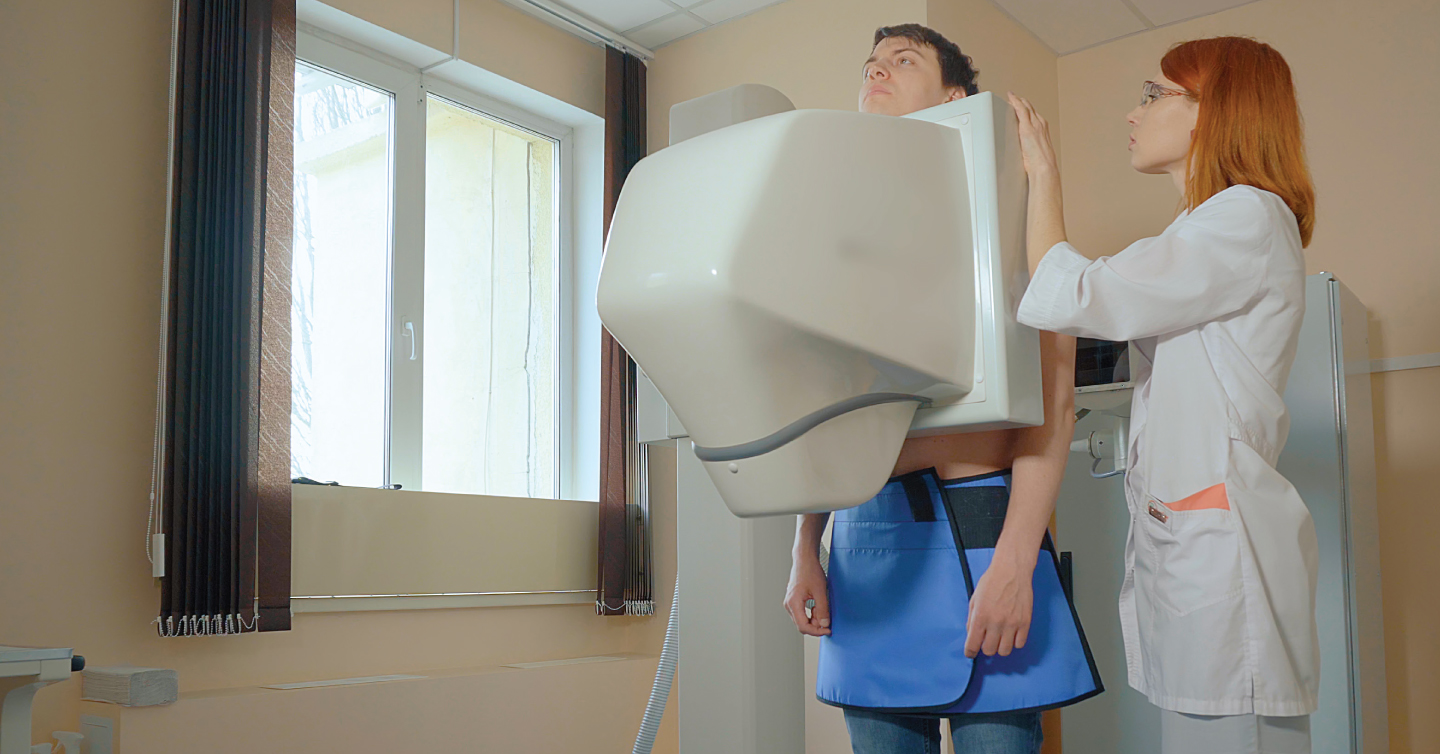Skin Cancer is a Serious Risk. Here’s How to Stay Safe

Skin Cancer Prevention and Sun Safety in Wisconsin Summer
By Sally Bowman RN, quality care coordinator at Network Health
6/7/2022
Most of us have heard that ultraviolet (UV) radiation from the sun can be dangerous to our skin. Unfiltered sunlight isn’t just dangerous, however, it’s also tricky.
We probably know that it can cause premature aging and skin cancer, but it also reaches you even when you’re trying to avoid it – penetrating clouds and even window glass. It bounces off snow, water and sand.
Just because you avoid it in one outdoor outing doesn’t mean you should let your guard down. In fact, sun damage accumulates over the years, from prolonged outdoor exposure to simple activities like walking the dog, going from your car to the store and bringing in the mail.
For this reason, preventing skin cancer by being aware of the harmful effects of UV radiation and protecting yourself completely requires a comprehensive approach. This starts with understanding risk factors that may make skin cancer especially dangerous.
Skin cancer risk factors
A risk factor is anything that increases a person’s chance of developing cancer. The following factors may raise a person’s risk of developing skin cancer (known as melanoma).
Indoor tanning
People who use tanning beds, tanning parlors or sun lamps have an increased risk of developing all types of skin cancer. Health and skin experts are agreed that indoor UV tanning beds should be avoided.
Moles
People with many moles or unusual moles called dysplastic nevi or atypical moles have a higher risk of developing melanoma. A doctor may recommend regular photography of the skin to closely watch the shape, color and prevalence of moles.
Lighter skin complexion
People with a fair skin complexion, blond or red hair, blue eyes and/or freckles are at increased risk for developing melanoma. This risk is also higher for people whose skin tends to burn rather than tan.
Family history of skin cancer
About 10% of people with melanoma have a family history of the disease. If a person has a close relative (parent, brother, sister or child) who has been diagnosed with melanoma, that person's individual risk of developing melanoma is two to three times higher than the average risk.
This risk increases if several family members who live in different locations have been diagnosed with melanoma. Therefore, it is recommended that close relatives of a person with melanoma routinely have their skin examined.
Previous skin cancer
People who have already had melanoma have an increased risk of developing other, new melanomas. People who have had basal cell or squamous cell skin cancer also have an increased risk of developing melanoma. If you’ve ever had a skin cancer diagnosis, you should seek ongoing, follow-up care to watch for additional cancers.
Race or ethnicity
Although a person of any race or ethnicity may develop melanoma, rates are about 20 times higher in people with white skin than in people with black or brown skin.
Age
While the mean (average) age of people diagnosed with melanoma is 65 years old, the median age at which people are diagnosed with melanoma is just above 50 years old. Median is the midpoint, which means that about half of people with melanoma are diagnosed when they are younger than 50 and about half are diagnosed when they are older than 50.
Melanoma occurs in young adults more often than in many other types of cancer.
Weakened or suppressed immune system
People who have a weakened immune system or use certain medications that suppress immune function have a higher risk of developing skin cancers, including melanoma.
Skin cancer prevention
Different factors cause different types of cancer. Researchers continue to look into what factors cause melanoma, looking for ways to prevent it. Although there is no proven way to 100% prevent melanoma, you may be able to lower your risk. Talk with your personal doctor for more information about your personal risk of cancer.
Reducing exposure to UV radiation may significantly lower the risk of developing skin cancer. This means reducing exposure to the sun and by avoiding the use of indoor tanning devices. This is important for people of all ages and is especially important for people who have other risk factors for melanoma (see above).
Sun damage builds up over time, so it is important to take the following steps to reduce sun exposure and avoid sunburn.
Avoid high-UV times of day
UV radiation is highest between 10:00 AM and 4:00 PM. Practice the shadow rule, which states that if your shadow is shorter than you, you should find shade. Always keep babies younger than six months old completely covered and in the shade.
Get to know the UV index
This numbered scale measures how damaging exposure to the sun will be on any particular day. It is often included in the weather report or on weather apps you can download for your smartphone/tablet. Try and stay indoors when the UV index is 10 or higher.
Be aware of medication side effects
Some medications may make you more sensitive to the sun. These include specific types of antibiotics, anti-inflammatories, antifungals, blood pressure medications and some types of chemotherapy.
Additionally, any medication that suppresses your immune system should be considered a potential factor for skin cancer development. Contact your personal doctor or pharmacist to ask if any medications you’re using could be elevating your risk.
Dress to avoid solar distress
Wear sun-protective clothing, including wide-brimmed hats that shade the face, neck, and ears. Clothes made from fabric labeled with UV protection factor (UPF) may provide better protection. Experts also recommend sunglasses with UV protection.
We all scream for sunscreen
Use a broad-spectrum sunscreen throughout the entire year that protects against both UVA and UVB radiation and has a sun protection factor (SPF) of at least 30. Reapply at least one ounce of sunscreen to your entire body every two hours or every hour after heavy perspiration or after being in the water.
Avoid recreational outdoor sunbathing
Do not use sun lamps, tanning beds or tanning salons. A tan is not an indicator of good health and can put you at risk.
Examine your skin regularly and know your ABCDEs
Conducting self-examinations of your own skin and asking your personal doctor to examine any moles or spots you find will help you catch potential melanoma early on when your chance of successful removal is the highest. Look at your skin and make notes of any moles that seem to meet the ABCDE criteria, which can indicate a cause for concern.
- Asymmetry – Does the mole look bigger on one side or like it’s bulging out?
- Border – If the edge of the mole is notched or jagged, tell your personal doctor about it.
- Color – If a mole changes color or you notice colors like black, blue or yellow showing up, you will want to ask your personal doctor about it.
- Diameter – Melanoma is often indicated by a larger mole. If a mole is bigger than a pencil eraser, talk to your personal doctor.
- Evolution – Have any moles changed? If so, how? Changes in any of the above traits could indicate melanoma and should be treated seriously.
A solar balancing act
Although the sun is the primary source of harmful UV radiation, it’s also where we get vitamin D and increases iron levels in our body. Getting less exposure to the sun may reduce your body’s production of vitamin D.
For this reason, sun exposure is a balancing act that means being aware of your potential risk factors, while also not starving your body of the vitamins and nutrients it needs. We are, after all, solar-powered.
People need different amounts of time in the sun based on their skin color, location and other factors to produce enough vitamin D. People with limited sun exposure should talk with their personal doctor about how to include good sources of vitamin D in their diet, including whether they should use supplements. Your levels of vitamin D can be checked through a simple blood test.
Remember that skin cancer is treatable when found in its early stages, so being aware of your body and skin is crucial for staying safe from melanoma and skin cancer while also getting to enjoy the beautiful warm months that seem to go by increasingly fast here in Wisconsin.
If you have any questions about how your Wisconsin health plan can help you get the most out of all four seasons in our state while staying safe from skin cancer, contact us today.



